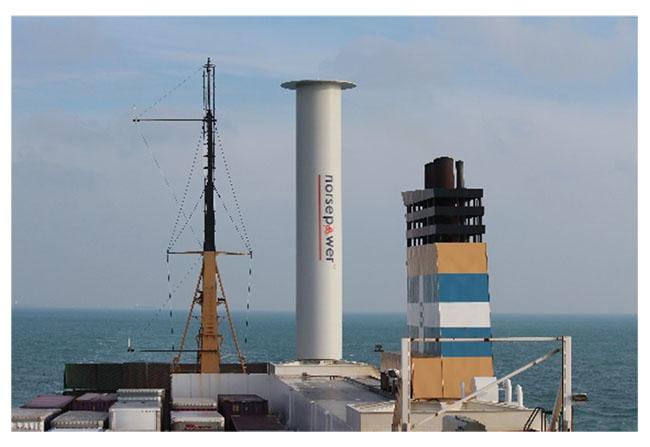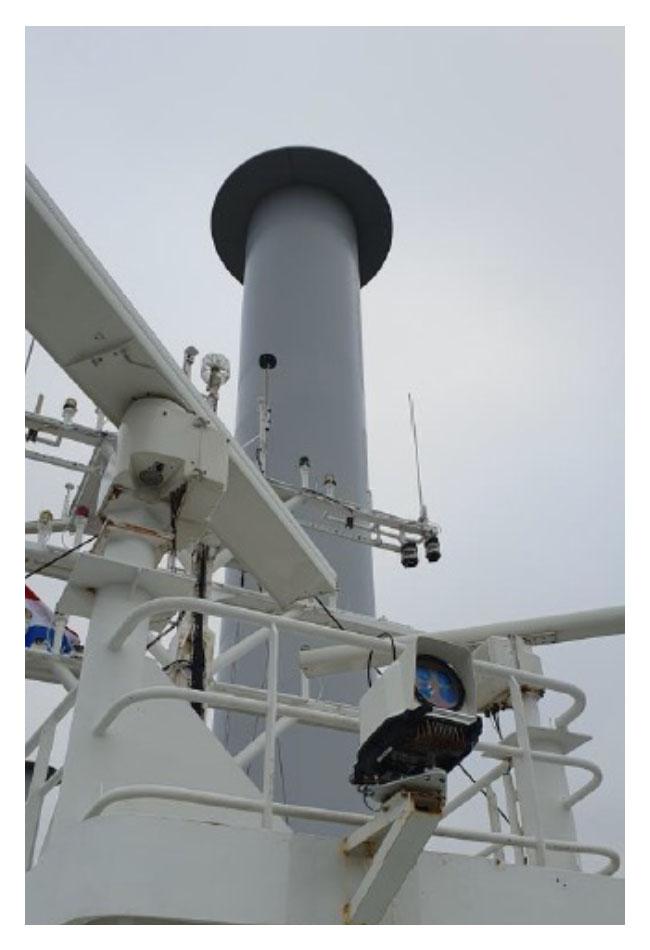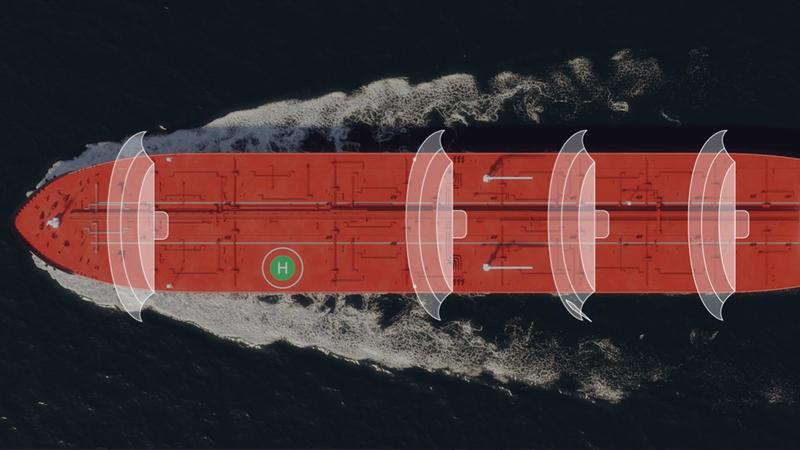Unlocking wind propulsion's potential with smart sensing technology
The maritime industry is on the cusp of a green revolution, driven by the advancement of wind-assisted ship propulsion technology. This innovative approach harnesses the power of the wind to reduce fuel consumption, cut carbon emissions, and steer the shipping industry towards a more sustainable future. With the deployment of high-tech sails, rotors and kites on numerous demonstrator vessels, the potential for wind-assisted propulsion is rapidly becoming a reality.
Maximizing efficiency through remote wind measurement

However, the true potential of these wind propulsion systems lies in their ability to effectively capture and utilize the energy of the wind. This is where smart sensing technology comes into play. Remote wind measurement plays pivotal role in unlocking the full efficiency of these systems. While traditional wind sensors can provide accurate wind measurements, the data collected may not always align optimally with the requirements of wind-assisted propulsion systems.
Wind lidar: laser-powered precision
The limitations of onboard wind sensors are often compromised by obstructions, improper calibration, or incorrect placement. To overcome these challenges, remote wind measurement options like wind lidar, scanning from a high mast, offers enhanced wind data tailored for the efficient operation of wind-assisted propulsion systems. Wind lidar technology employs laser pulses to map true wind speed and direction, generating wind profiles up to 700 meters ahead. This method reads wind flows unimpeded by ship structures, sails or rotors, allowing system optimization for maximum thrust.
Vaisala, a leading player in smart sensor technology, brings its expertise in wind lidar to the table. We have an extensive experience deploying wind lidars for wind turbine optimization globally. Wind measurements also play a crucial role in designing new wind propulsion systems and refining their maximum performance. Wind lidar's accurate remote measurements validate ship performance during sea trials, helping designers fine-tune rotor blade shapes, improve automation level, sail configurations, and system geometries to maximize wind energy capture.
Economic benefits and future prospects

The economic benefits of wind-assisted propulsion are further amplified by wind lidar technology. Using remote wind monitoring technology not only maximizes propulsion power but also aligns with the impending carbon taxation, strengthening the case for adopting wind lidar.
While the potential of wind lidar technology is promising, there are challenges to overcome, including data distortion caused by dense fog or rain. Interpreting measurements and accounting for fluid dynamics also require sophisticated algorithms. Nonetheless, the future looks bright for wind-assisted propulsion technology, together with our research partnerships like MARIN (Maritime Research Institute Netherlands) leading to comprehensive solutions that include not just raw data but actionable insights.
Embracing a greener future
The convergence of wind-assisted ship propulsion and smart sensing technology represents a significant step towards greener and more efficient shipping. With accurate wind measurements and actionable insights from wind lidar, the maritime industry can unlock the full potential of wind-assisted propulsion, reduce fuel consumption, and make strides towards a more sustainable future on the seas. It's time to embrace this innovative solution and set sail towards a brighter horizon.
Join our upcoming webinar titled "Wind and Weather Sensing Technology is Revolutionizing Wind-Assisted Shipping,". set to take place on September 20th, delving deeper into these advancements. Presentations by maritime experts, from companies like Norsepower and FinOcean Ltd, will shed light on the transformative potential of smart sensing technology in the maritime industry.


